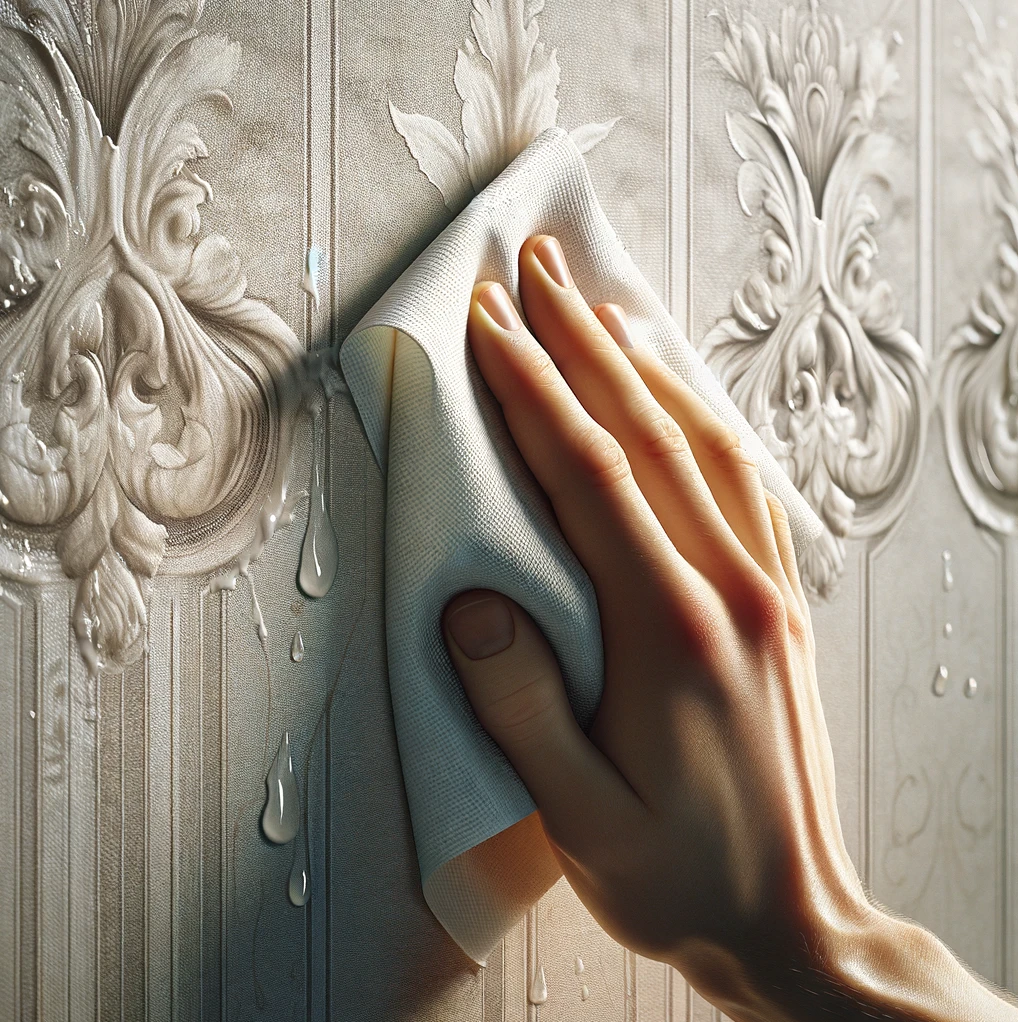Murals can transform a space, adding color, personality, and a unique touch. However, installing a mural isn’t always straightforward, especially when you encounter obstacles like electrical outlets and light switches. Proper installation ensures that the mural looks professional and lasts a long time.
B. Common Obstacles: Electrical Outlets and Light Switches
Electrical outlets and light switches are common obstacles that can disrupt the flow of a mural. These elements can be tricky to work around, but with the right techniques, you can seamlessly integrate them into your design.
C. Purpose of the Article
This article aims to provide a comprehensive guide on how to deal with electrical outlets and light switches during mural installation. By following these steps, you can achieve a flawless finish that enhances the overall look of your space.
II. Understanding the Challenges
A. Types of Obstacles: Outlets and Switches
Electrical outlets and light switches come in various shapes and sizes. Understanding the specific type of obstacle you’re dealing with is crucial for planning your mural installation.
B. Impact on Mural Aesthetics and Functionality
Obstacles can break the continuity of your mural, affecting its visual appeal. Additionally, improper handling can lead to functional issues, such as difficulty accessing switches or outlets.
C. Safety Considerations
Working around electrical components requires caution. Ensuring safety during the installation process is paramount to prevent accidents and damage.
III. Pre-Installation Planning
A. Assessing the Wall and Identifying Obstacles
Before starting, thoroughly assess the wall. Identify all the electrical outlets and light switches that will affect your mural. This step helps in planning the layout and design.
B. Gathering Necessary Tools and Materials
Ensure you have all the necessary tools and materials, including:
- Measuring tape
- Utility knife
- Screwdriver
- Insulated tools
- Protective covers
C. Creating a Detailed Mural Design Plan
Create a detailed design plan that incorporates the locations of outlets and switches. This plan will guide you through the installation process, ensuring that you don’t overlook any obstacles.
IV. Preparing the Wall
A. Cleaning and Priming the Surface
Clean the wall to remove dust and debris. Apply a primer to ensure that the mural adheres properly. This step is crucial for a smooth and long-lasting finish.
B. Marking the Locations of Outlets and Switches
Use a pencil to mark the locations of all outlets and switches. This will help you accurately cut the mural material and avoid mistakes.
C. Protecting Electrical Components
Cover the outlets and switches with protective covers to prevent paint or adhesive from damaging them. This step also ensures safety during the installation process.
V. Techniques for Working Around Ou navigate to this site tlets
A. Measuring and Cutting the Mural Material
Measure the dimensions of the outlets and mark them on the mural material. Use a utility knife to cut out the marked sections. Precision is key to achieving a seamless look.
B. Using Templates for Precision
Create templates for the outlets to ensure accurate cuts. Templates can be made from cardboard or paper and can be reused for multiple outlets.
C. Applying the Mural Around Outlets
Carefully apply the mural material around the outlets. Smooth out any bubbles or wrinkles to ensure a clean finish. Use a utility knife to trim any excess material.
VI. Techniques for Working Around Light Switches
A. Removing Switch Plates
Remove the switch plates before applying the mural. This makes it easier to cut and fit the mural material around the switches.
B. Cutting and Fitting the Mural Material
Measure and cut the mural material to fit around the switches. Apply the material carefully, ensuring that it aligns with the switch openings.
C. Reinstalling Switch Plates
Once the mural is in place, reinstall the switch plates. Ensure that they fit snugly and do not interfere with the mural design.
VII. Ensuring Safety During Installation
A. Turning Off Power Supply
Always turn off the power supply before working around electrical components. This step is crucial to prevent electrical shocks and accidents.

B. Using Insulated Tools
Use insulated tools to avoid electrical hazards. Insulated tools provide an extra layer of protection when working around live wires.
C. Avoiding Damage to Electrical Components
Handle electrical components with care to avoid damage. Ensure that the outlets and switches remain functional after the mural installation.
VIII. Post-Installation Tips
A. Inspecting the Mural for Flaws
After installation, inspect the mural for any flaws or imperfections. Address any issues immediately to ensure a professional finish.
B. Touching Up Edges and Corners
Use a small brush to touch up the edges and corners of the mural. This step ensures that the mural looks seamless and well-integrated.
C. Ensuring Proper Adhesion
Check that the mural material adheres properly to the wall. Press down on any areas that may be lifting or bubbling.
IX. Maintenance and Care
A. Regular Cleaning and Dusting
Regularly clean and dust the mural to maintain its appearance. Use a soft cloth or a duster to avoid damaging the material.
B. Addressing Wear and Tear
Over time, the mural may experience wear and tear. Address any issues promptly to prevent further damage.
C. Repairing Damaged Sections
If any sections of the mural become damaged, repair them using matching materials. This ensures that the mural remains cohesive and visually appealing.
X. Conclusion
A. Recap of Key Points
Dealing with obstacles like electrical outlets and light switches during mural installation requires careful planning and execution. By following the steps outlined in this article, you can achieve a professional and seamless finish.
B. Encouragement to Tackle Mural Projects
Don’t let obstacles deter you from creating beautiful murals. With the right techniques, you can overcome any challenge and transform your space.
C. Final Safety Reminders
Always prioritize safety when working around electrical components. Turn off the power supply, use insulated tools, and handle electrical components with care.

Meet Hi there! I’m Jason Noon, a passionate Product Consultant specializing in mural design and customization. Welcome to MuralMoxie, where creativity meets craftsmanship. My journey into the world of murals began over a decade ago. I started as a graphic designer, but my love for large-scale art installations quickly took over.




